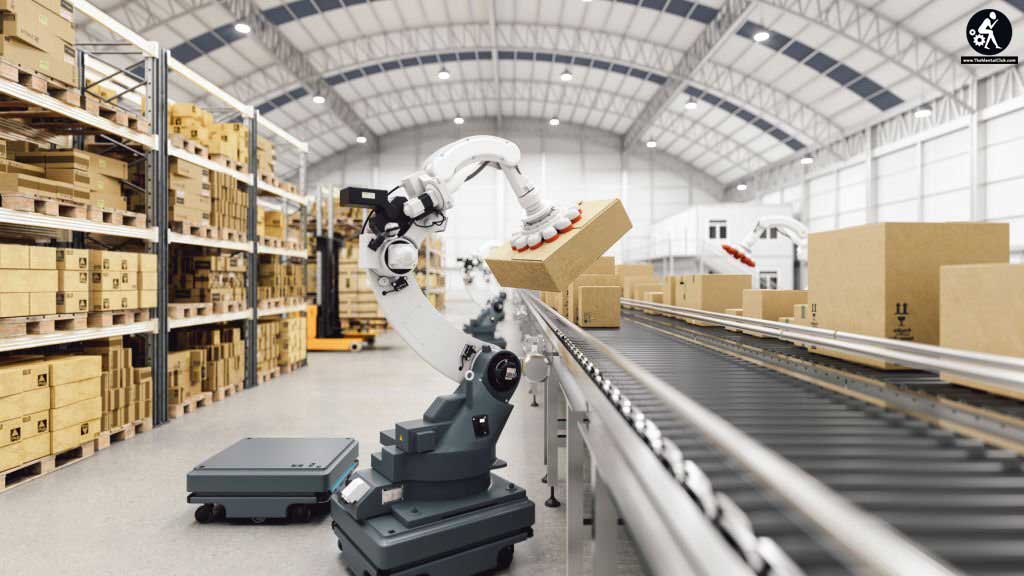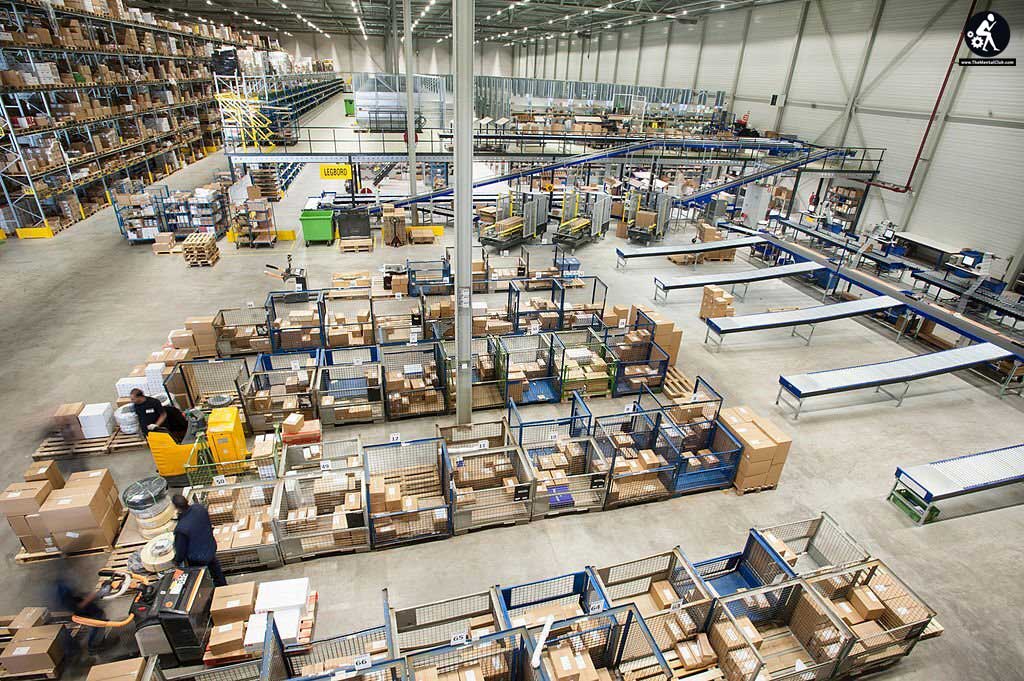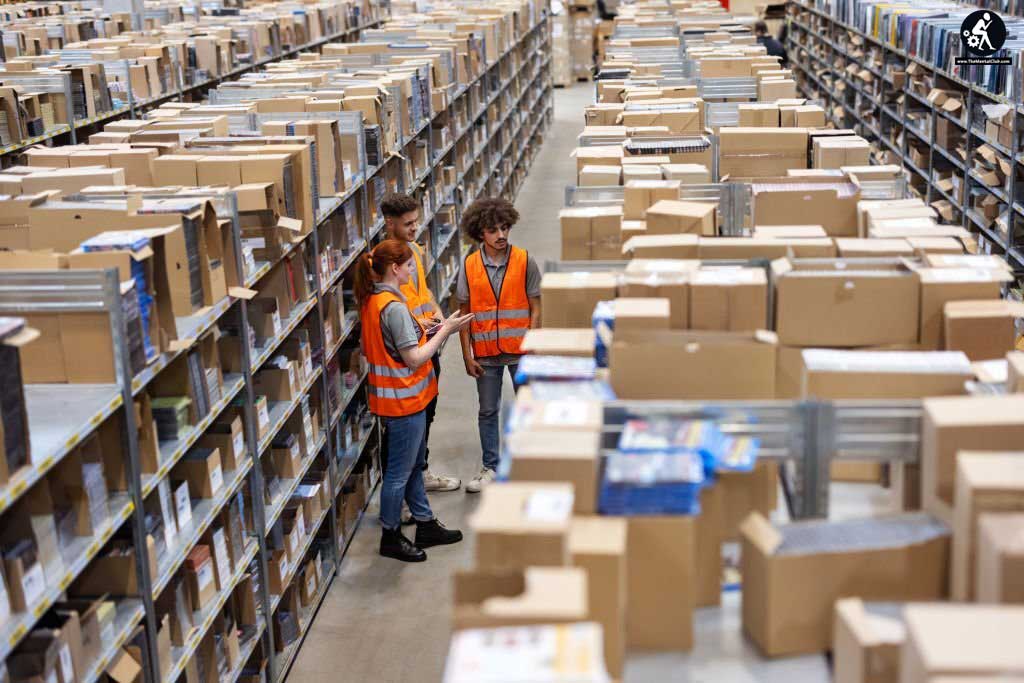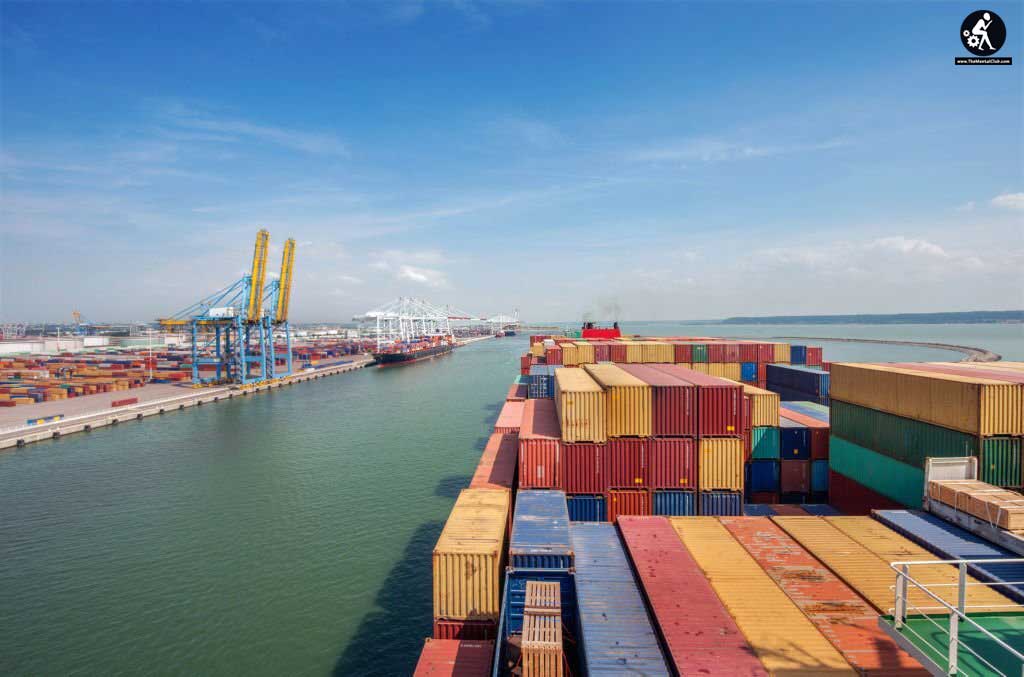When it comes to the ability of your warehouse to make money, its efficiency is just as important as its capacities. Sure, some may argue that the amount of space in a warehouse and the pricing for each storage unit is what determines profitability, the truth is that utilization of this space can optimize your profit without expanding the storage space. How can this be achieved? Well, here are the top six methods in which you can use warehouse automation tools in order to optimize and utilize every inch of your warehouse and every working hour of your staff.
1. Inventory management software
There’s nothing more important for your warehouse than proper inventory management software. In fact, it would be safe to say that this is the single biggest improvement that the technology has introduced in the warehouse industry. First of all, it provides you with an opportunity to track your inventory in real-time, without having to conduct a warehouse audit every time you want to make such an inquiry. Second, it gives you a much greater insight into your capacities, which benefits your efforts to run a warehouse as a business. Third, it helps prevent employee theft, which is one of the biggest plights of the warehouse industry since it came to exist.

2. Conveyor system
When it comes to increasing the transportation across the warehouse, interconnecting the entire warehouse space, and making it into a single unitary unit, there’s nothing more important than a sturdy conveyor system. An investment towards a conveyor system, as well as conveyor products and solutions, is, therefore, a top priority when it comes to warehouse hardware requirements. Now, this is more important in large warehouses. When used properly, they can increase the usability of your warehouse space, boost efficiency, and reduce the likelihood of a warehouse injury.

3. Sortation principles
Sortation of incoming items and diverting them to specific locations in your warehouse (often using conveyor systems and materials handling equipment) is a top priority. This process needs to be both automated and optimized. When this is achieved, there’s a massive saving of time and effort across the board within your enterprise. Nowadays, this can be facilitated via barcode scanners. This means that any mistake made during this process is caused during the packing process. When everything is done right, this process becomes seamless and the chance of an error is quite low.

4. Storage and retrieval system
The simplest way to describe AS/RS (automated storage/retrieval system) is to say that it’s an end-to-end process regarding the most important function of your warehouse. It determines how (and how quickly) items are stored after being handed to your care. Next, it determines how efficiently you can get them back. While it sounds simple, it’s an incredibly complex process composed of order picking, packing, shipping, storage, etc. In other words, it involves almost the entire workload of your permanent staff (while it’s stored all it requires is supervision and an occasional audit).

5. Materials handling equipment
By investing in new equipment, you’re actively encouraging the physical automation of your warehouse. What you’re doing is reducing the effort it takes for certain items to be handled once they reach you, which is what automation is all about. Robotization is nowadays a goal towards the majority of small- and medium-sized warehouse owners strive. However, just a couple of years ago, many were skeptical when Amazon acquired Kiva Systems for $775 million. Nowadays, the expenses of robotization are the only obstacle to further automation of the system.

6. Consider cross-docking
The next thing you need to understand is that cross-docking represents the ultimate automation and optimization effort in your warehouse business. It helps you minimize the possession of certain items by loading them directly from the containers that you’ve received them in into containers sent towards your clients/customers. In other words, it eliminates the need for the use of your warehouse space, thus giving your warehouse business a completely new dimension. In order to make this happen, you need a great deal of automation and warehouse optimization. In other words, it’s not as much of an automation tool as its end result.

In conclusion
In the end, automation is an important process but, as such, it needs to be heavily invested into, in order to give some results. By improving each of the above-listed aspects, you can gradually, systemically, get to your desired result.
Still, there’s a more holistic approach to this subject matter, as well. Of course, the bulk of this can be handled by investing in a quality warehouse management system (WMS). This is a digital tool that encompasses the majority of software processes that we’ve described above. Once you integrate your hardware capacities and business model trends, what you’ll get is a huge difference.


























